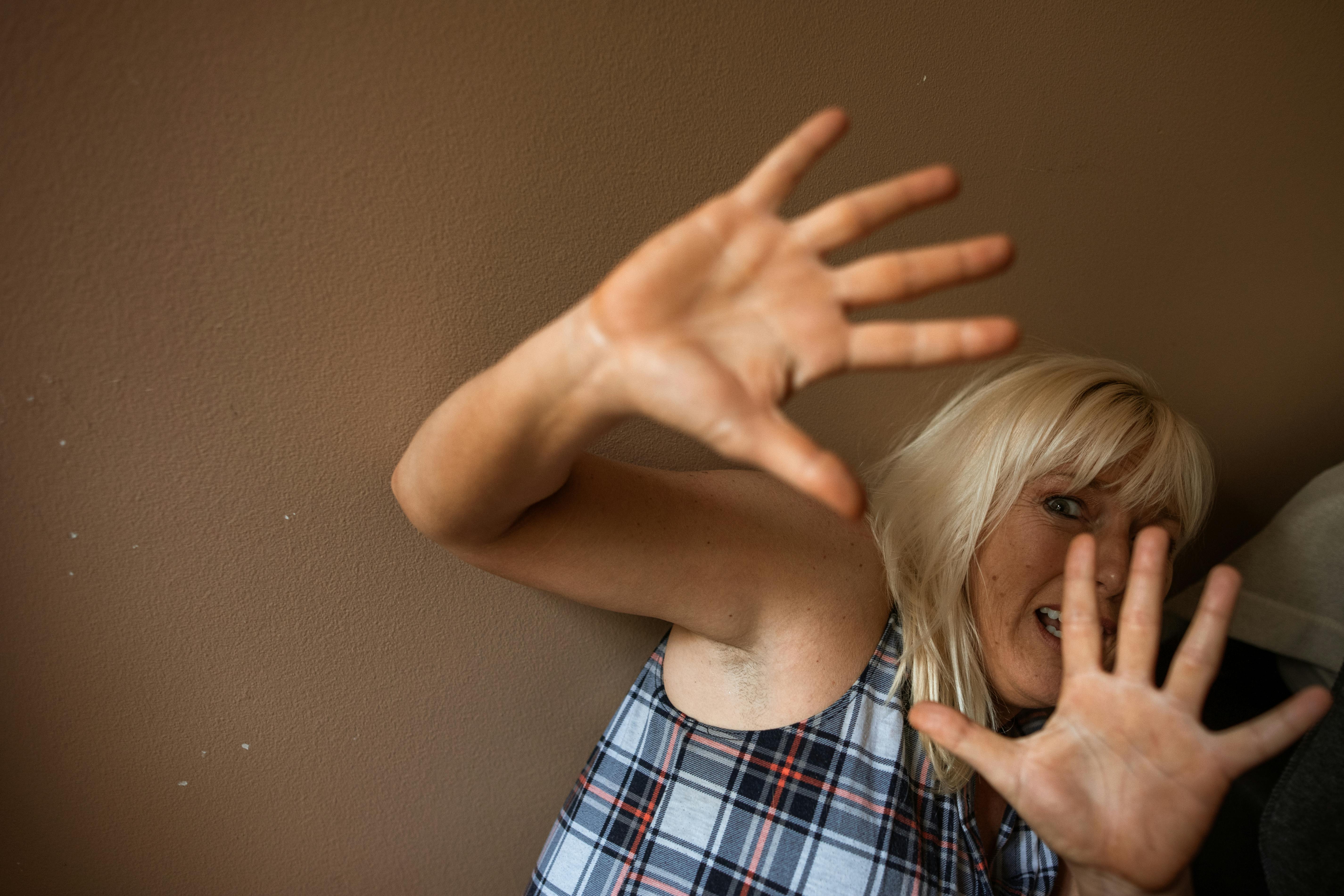
Wild Baby Mice Care
If for any reason feral baby mice have been brought into your care, I’ve included some tips on care and feeding to help you give them a chance at life. Keep in mind that even in the wild, mice have a 50/50 chance of surviving beyond 5 months of age, with normal breeding. Mice that do so can live up to around 5 years if they are healthy. A couple will have a better chance of survival than a lone mouse.
As soon as you have baby mice, it’s important to keep them safe and warm. You can use a small pet carrier, a large plastic tub, or any other suitable box that you can put them in. Cover the bottom with a towel and place the mice on top. Then use another soft material to lightly cover the mice like fleece. Put the box in a warm place, making sure that it is not hot; otherwise, the mice will become dehydrated. A heater on the lowest setting may be all that is needed. Try the towel the mice are lying on so that it feels comfortable and warm in your hand.
If the baby mice are less than 14 days old, they will need drip feeding with a milk replacer until they are weaned. They usually open their eyes when they are about to be weaned and are able to eat on their own. You will need to feed them every 2 hours, so be prepared to get up during the night. Set your alarm. When I was taking care of wild mice, I would get up every 2 hours to check on them. I have since read that during the night the mother mouse would be out of her nest looking for food and that she would only return to the nest once to feed her young. Use common sense, if she can manage a few night feedings, all the better for the babies’ chances of survival, especially in the first few days.
Kitten milk is available to purchase at pet stores. I used blended and strained raw coconut. It should be 1 cup of coconut for approximately 2 and ½ cups of water. You can also use soaked almonds to make an almond milk using the same proportions. Make sure the nuts are natural and plain. Once you have prepared the milk, store it in a sterilized glass jar and keep it in the refrigerator until you need it. When you go to feed the mice, take a quarter cup of milk and heat it by pouring it into a small jug and placing it in hot water. Use a baby dropper or syringe (you can get these at the drug store) to feed 1-2 drops of milk at a time into the baby mouse’s mouth. When mice are very young, they may not open their mouths. Be careful not to let the milk get into their noses, otherwise they will vomit or cough. Doing so can be dangerous to your health. The way I fed the mice was by placing a washcloth on a table and placing one mouse at a time on it. You can then gently support the baby’s head while you give the milk through the dropper. You will master it with a little practice. It may seem that the baby is not taking much milk, do not worry. Very young babies may only need a drop or two in their mouth/tongue until they can take more. The main goal here is to keep them hydrated with a small drop every two hours.
After the baby is fed, it is necessary to stimulate a bowel movement. To do this, put some warm water in a small bowl and dip a cotton swab into it. Then, place the cotton swab between the baby’s hind legs and gently twist it. You should see a small brown spot, that’s your poop. Dip the other end of the cocoon into the water and gently stroke the baby’s body, this emulates the mother licking it. After all that, put the baby to bed on his soft bedding and place him in a warm place. This is the basic routine that should be repeated every two hours during the day and at least 2-3 times at night, especially around 1am and 5am.
As you can see, it’s quite a commitment to care for baby wild mice. But, there is also a great reward in caring for them and the bond you will feel as a caregiver.
When babies start to open their eyes or at least peak, they may be drinking a lot more milk and starting to walk around a bit. This is when you need to be very careful; one fall is enough to be fatal. You can make a small safe area to roam in the bottom of a pet cage or shoe box/sink. Line it with newspaper and leaves to simulate a natural environment. The little ones will enjoy stretching their legs and taking their first steps. This is important as it will build your muscles and strength.
Once babies start to bite your fingers fairly firmly when you feed them, they may be ready for some solid food. They will also start to open their eyes (12-14 days old) Start very slowly with this. Try some baby fruit puree to start or a plain rice pudding. Food should not be cooled. Let them lick your finger. Avoid putting the mashes out on a plate for the mice to feed on, as they could make a mess and end up with matted fur, which should be avoided. Some other foods to graduate to are porridge, banana, tomato, dry rolled oats, and strawberries. Just go easy on the food and keep it simple and easy to digest to start with. Congratulations! In fact, you’ve reached the weaning stage, which is a pretty big deal with wild baby mice.
Continue to provide a safe space for the mice to sleep, and once weaned they will be able to come out at night to feed. Put a plate near their bed so they can feed at night. At least you can get some sleep now! Continue to offer milk throughout the day and provide some water. Wild mice will usually continue to have some mother’s milk until about 4 weeks of age.
Now you have to decide whether to keep them or release them into the wild. I don’t know how many mice have been successfully hand reared and released into the wild. I think it is unlikely that they can survive. However, you’ve done your part, and if they seem strong, healthy, and fairly active, you may be able to release them. However, you can keep them as pets.
Finally, if you did your best and the mice died, don’t feel bad. The chances of survival in the best conditions, that is, with its natural mother, are still low. Just enjoy the experience you’ve had with them and the chance to get a glimpse into their little lives. They are little bundles of love and it is wonderful to have given them at least a little love when they might otherwise have perished.








